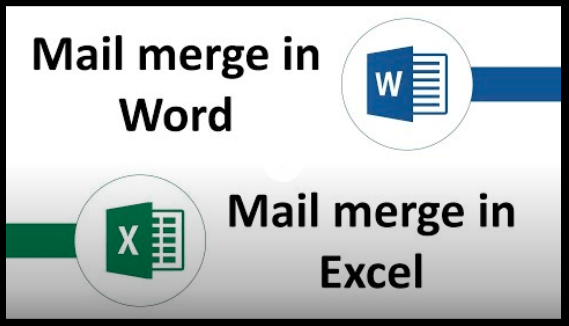
You will need to import the data into "Helper Columns" (which can be hidden) so that you can implement "Closing" logic to the data import (If the entry is for a date prior to last Thursday, and I already have data in this row, then do not import again.) to prevent the employee going back and "adjusting" last week's attendance. Then you need to make provision to store the raw data for up to seven years (in Australia you have to keep financial data that affects the employee's tax position for up to seven years I do not know which jurisdiction you are in, or what your retention requirements are, but there will be some!) And you should time-stamp the data with the date and time that you retrieved it. Some design considerations: When you retrieve the employee's time, you MUST also bring across the DATES. Then you put a row for each employee in the Pay Sheet, which draws the data from each employee's time sheet and computes their wages. So you place a set of 31 rows on the timesheet containing each day of the month, with columns for start time, break time, finish time, leave type etc.

If you want each employee to fill in their own timesheet, and the Pay Lady (it's always a lady, men don't have the patenince to do this properly.) to calculate the wages, I would link from the Pay Sheet to the Time Sheet.

Whether you link from Time Sheet to Pay Sheet, or from Pay Sheet to Time Sheet depends on which person you expect to do the most updating. What I would do is "link" the two sheets, so that one is simply drawing data from the other. You would have to track down, and update, every single worksheet. So my answer would be: "I wouldn't merge them!" The main reason being that the Time and Wages sheet presumably contains complex calculation logic that you do not want replicated into multiple instances (because if you do, you will get a maintenance nightmare when anything in the rules changes). That's what I suspected, which is why I asked the question. Ah! Two sheets with entirely dissimilar structures.


 0 kommentar(er)
0 kommentar(er)
